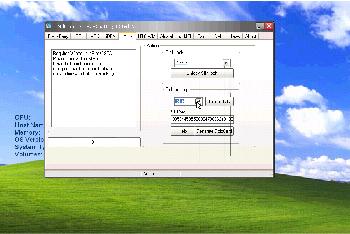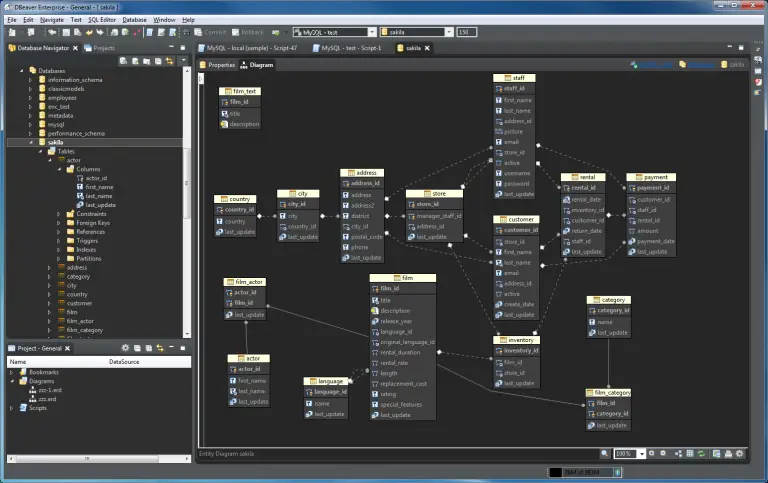

- Universal type client update install#
- Universal type client update drivers#
- Universal type client update update#
ADDING FONTS TO UNIVERSAL TYPE CLIENT MAC
Universal type client update update#
This reset will remove the current cached settings and reconnect to the server to re-establish a connection and update all of the fonts and workgroups for the client machine.

ADDING FONTS TO UNIVERSAL TYPE CLIENT WINDOWSĪDDING FONTS TO UNIVERSAL TYPE CLIENT UPDATE.ADDING FONTS TO UNIVERSAL TYPE CLIENT MAC.ADDING FONTS TO UNIVERSAL TYPE CLIENT SOFTWARE.ADDING FONTS TO UNIVERSAL TYPE CLIENT UPGRADE.ADDING FONTS TO UNIVERSAL TYPE CLIENT UPDATE.If no driver is available, the so called “Microsoft enhanced “Point and Print driver” is used. If the user connects to a V4 shared printer queue, the corresponding V4 driver from the local driver store on the client is installed or downloaded from Windows update.
Universal type client update drivers#
Starting with V4 drivers the distribution model on the print server was changed. One incompatible or poorly designed driver influences all users on the server. While this was less critical on normal desktops, it could cause big problems in terminal or virtual desktop environments. Via “Point and Print”, the driver was automatically downloaded by default from the server if the user connected to a shared printer. V3 drivers had to be installed on the server and on the client. For large print jobs this can lead to a big delay which results in a poor user experience.Īnother pain point in the past was the distribution of printer drivers for shared printer objects from a print server. The disadvantage of XPS printing is that the print job has to be spooled completely before the printer starts to print. For all other print devices, the XPS format needs to be converted into their language like PostScript or PCL. Printers that can handle XPS directly do not require any additional rendering filters. V4 drivers are based on the XPS printing path. Therefore, especially multifunctional device features might not be supported. Usually, only basic options like color/BW, formats, simplex/duplex for example are available. This universal approach has a big disadvantage resulting in a limited feature set. The idea behind the class drivers is to support devices compatible with the same printer language like PostScript or PCL.

V4 drivers are available as “In-Box drivers” (included in the Windows operating system), as so called class drivers as well as vendor specific drivers which are provided by the vendor. From an administrator’s point of view, driver management is not an easy task because the drivers have to be provided for 32 and 64-Bit environments and must match the clients and servers’ OS architecture. This list also contains many legacy drivers of devices which are not in use anymore. It takes minutes until you get the updated list.
Universal type client update install#
You can see this if you try to install a printer driver using the Windows update. Over the years, the driver database constantly grew larger. But still these drivers contain a lot of vendor specific DLLs. It was only a couple of years ago that universal printer drivers became more common. Hardware vendors wrote their own printer drivers which were mostly device specific. Basically this old model didn’t change much since Windows Server 2000. The main idea behind it was to eliminate the disadvantages of the former V3 driver model. Starting with Windows Server 2012 / Windows 8 (and newer), Microsoft introduced a new driver model for the printing subsystem called version 4 drivers (V4 printer driver model).


 0 kommentar(er)
0 kommentar(er)
